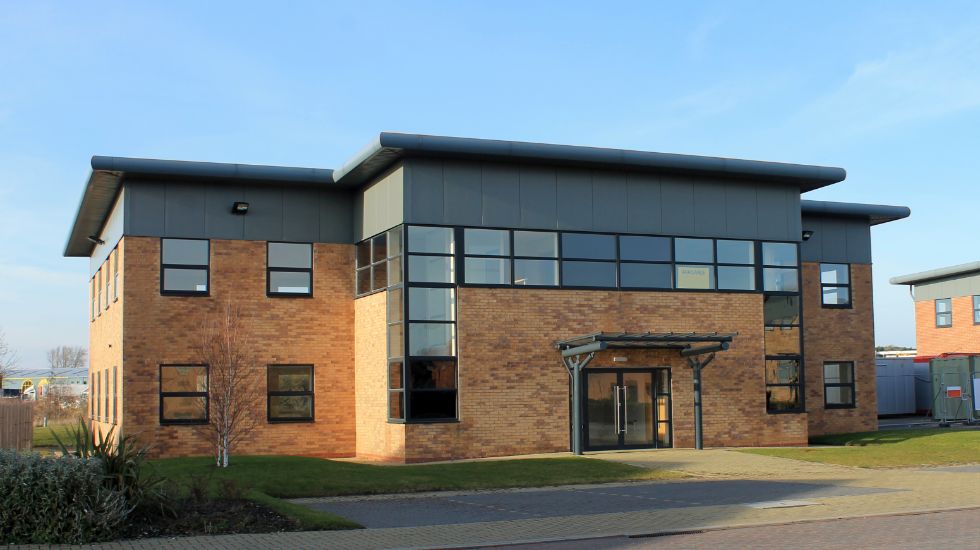
Insight
Kate Turnham explores in an article featured in the Kent Property Market Report
Today’s property market is ever more competitive, with suitable development land in shorter supply and developers facing a growing number of rival bidders. In addition to this, once a site is secured, the planning and market challenges are creating constraints and viability issues, particularly for small and medium enterprise developers whose numbers have dwindled in the over the last few years.
Developers face a growing number of issues to add to the more traditional ones such as restrictive covenants, rights to light and access. One of which is nutrient neutrality. In recent years requirements handed down from Natural England (NE) to reduce nutrient pollution have been high on the planning agenda for many Local Planning Authorities (LPAs). Planning departments are required to ensure that a development site is only permitted where it has a neutral effect on nutrient pollution. In recent months the number of LPAs affected has more than doubled and now affects 74 LPAs. Dover District Council has confirmed that developments in its jurisdiction will not be affected by the NE advice, but we await confirmation that other LPAs will follow suit.
In addition to this is the requirement for development sites to use renewable energy sources, particularly in a market where fuel prices are increasing on a seemingly weekly basis. Renewable energy can be provided from a number of sources such as solar, wind and the ground but a requirement to provide renewable energy alternatives places constraints on the layout of a site and the space required to accommodate these. Renewable energy requirements might also be at odds with forthcoming regulations which are expected in connection with biodiversity.
Sites, or parts of sites, which are deemed suitable for the installation of renewable energy sources, such as wind turbines or ground mounted solar panels, will be in direct competition with areas which are also suitable to be ‘set aside’ for biodiversity requirements.
There is current uncertainty about Biodiversity Net Gains (BNG) requirements and the ultimate impact these will have on developments, such as whether off site areas will be permitted, how long will BNG areas be ring-fenced as a net gain area and what percentage of the site will need to be set aside.
When developers consider the impact of the above issues, they also need to be alive to the fact that there will still be requirements to provide affordable housing on the majority of sites. The current percentages of affordable housing required on development land coupled with the BNG and renewable energy regulations could have a significant impact on the profitability of sites.
We wonder whether the planning regimes will implement changes in respect of these requirements as quickly as may be required to take into account the lessening extent of a developable area of a site.
SME developers provide a valuable role in invigorating the market with their ambitious designs and alternative developments. While they may be facing a range of challenges, with the right support and advice, there are also real opportunities for these developers to be agile and adapt to changing market forces and get ahead of the curve.
